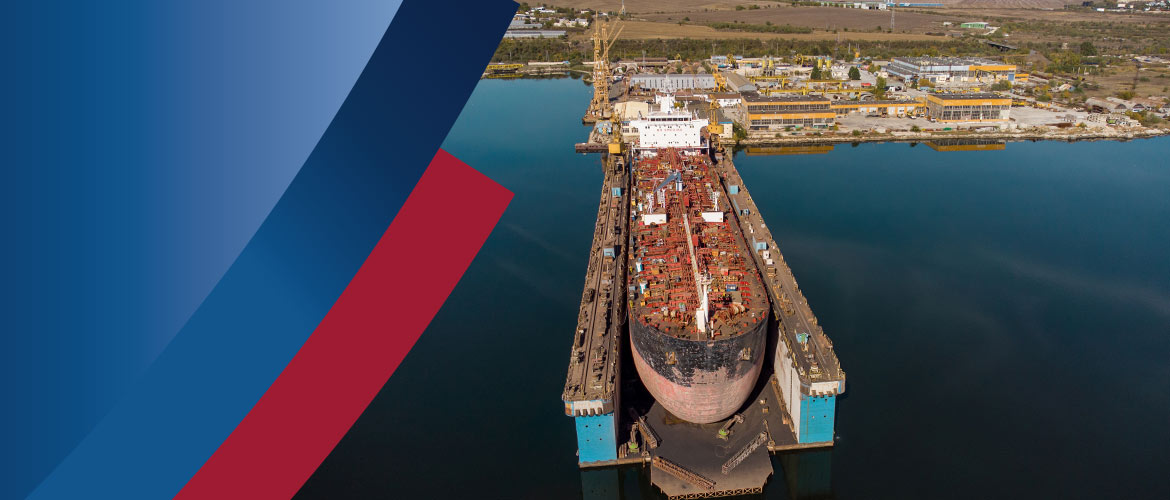Dry-docking is a critical process in the life of a vessel, providing an opportunity for maintenance and repair work that is necessary for the safety and efficiency of the ship. However, the dry-docking process also presents significant challenges that must be overcome in order to complete the work successfully. In this blog post, we will explore some of the challenges faced in the dry-docking process and how shipyards work to overcome them.
Timing and scheduling
Dry-docking must be carefully timed to avoid disrupting the vessel’s schedule, as well as to avoid bad weather conditions. Scheduling also needs to take into account the availability of the dry dock facility and the workers who will be performing the work.
Access and mobility
Once a vessel is dry-docked, it is no longer mobile, which means that workers must be able to access all areas of the vessel in order to perform the necessary work. This requires the use of cranes, scaffolding, and other equipment that can be expensive and time-consuming to set up.
Safety and environmental concerns
The dry-docking process presents various safety risks, both to the workers and to the environment. Shipyards must have strict safety protocols in place to protect workers and must also take steps to prevent pollution and other environmental damage.
Cost and budgeting
Dry-docking can be an expensive process, and shipowners must carefully budget for the work that needs to be done. Unexpected repairs or upgrades can add to the cost of the dry-docking process, making it important to have a contingency plan in place.
Regulatory compliance
The dry-docking process is subject to a variety of regulations and standards, including those related to safety, environmental protection, and maritime law. Shipyards must ensure that they are in compliance with all applicable regulations, which can be time-consuming and costly.
Despite these challenges, shipyards have developed various strategies to overcome them and ensure that the dry-docking process is completed successfully. These include investing in advanced technology and equipment, training workers to improve efficiency and safety, and developing contingency plans to address unexpected issues. With careful planning and execution, dry-docking can be a successful and beneficial process for the vessel and its owners.
